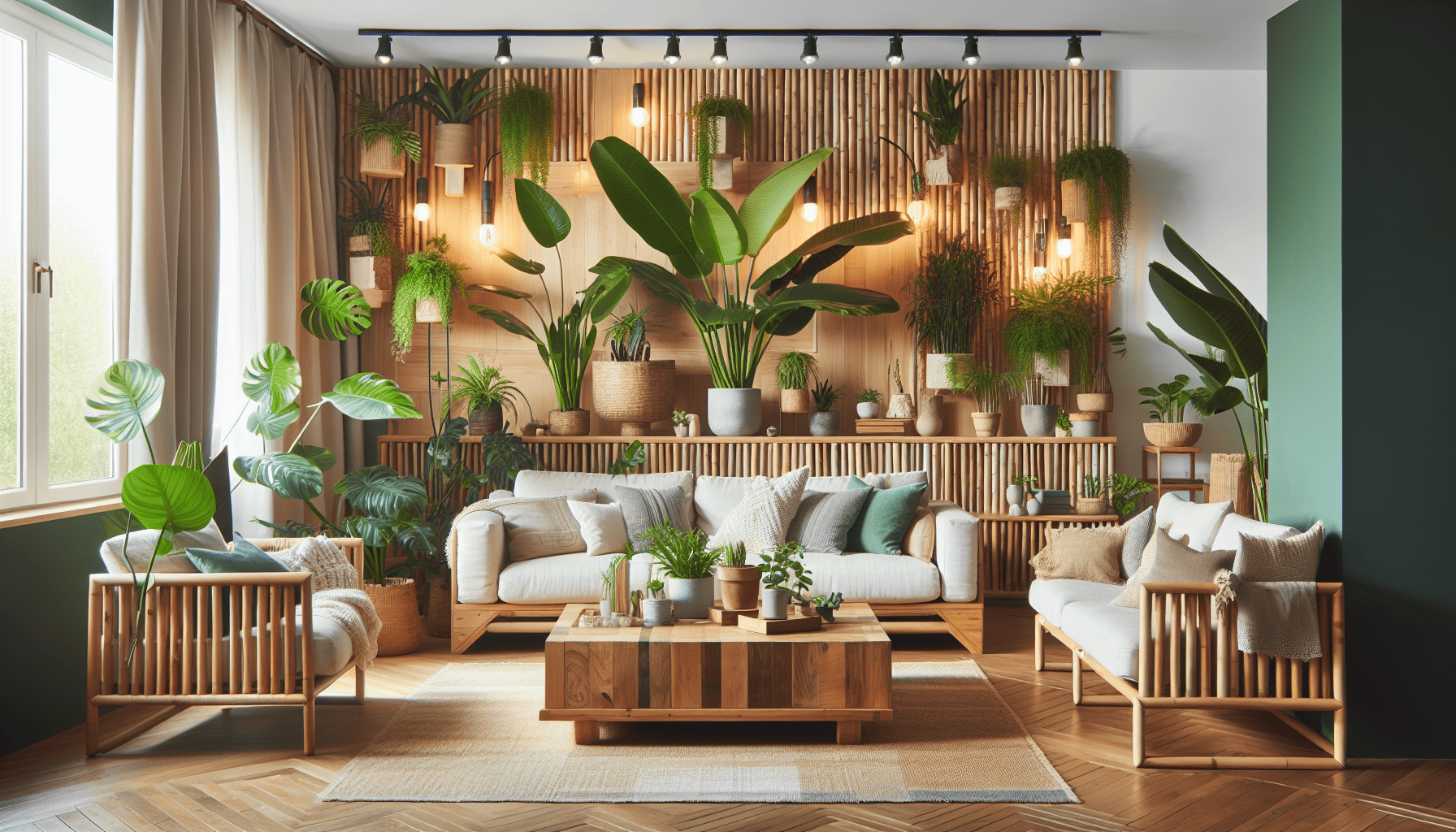In recent years, there has been a growing awareness of the importance of sustainability in our daily lives. This shift in mindset is not only influencing what we eat and how we travel but is also reshaping our living spaces. Sustainable design has emerged as a crucial element of interior design, allowing eco-conscious individuals to create living environments that reflect both style and environmental responsibility.
At the heart of sustainable interior design is the use of eco-friendly materials. These materials not only reduce environmental impact but also enhance the health and well-being of a home’s inhabitants. Bamboo, for example, is a popular choice due to its rapid growth and renewability. Unlike traditional hardwoods, bamboo regenerates after harvesting, making it an ideal flooring option that does not contribute to deforestation.
Recycled materials also play a pivotal role in sustainable design. Reclaimed wood, recycled metal, and glass add character and history to interiors, offering a unique aesthetic that new materials often lack. These materials help reduce waste and lower the demand for virgin resources. Similarly, repurposed furniture and upcycled decor items can breathe new life into used items, significantly reducing the carbon footprint associated with manufacturing and transportation.
In addition to material selection, sustainable interior design emphasizes energy efficiency and waste reduction. Energy-efficient appliances, LED lighting, and smart home technologies help minimize a home’s energy consumption. By creating a well-insulated space, using double-glazed windows, and incorporating solar panels, homeowners can significantly reduce their reliance on non-renewable energy sources while saving on utility costs.
A sustainable approach also extends to paint and finishes. Conventional paints often release volatile organic compounds (VOCs), which can be harmful to both the environment and human health. Eco-friendly paints, made with natural ingredients that emit little to no VOCs, offer a more sustainable alternative. Similarly, using water-based varnishes and waxes can enhance the longevity of woodwork without compromising indoor air quality.
Sustainable design is not just about reducing environmental impact; it also emphasizes the creation of spaces that promote well-being. Biophilic design, which integrates natural elements into interiors, supports psychological health by creating a stronger connection between humans and nature. Incorporating indoor plants, natural light, and elements such as water features or vertical gardens can improve air quality and foster a sense of tranquility and relaxation.
Moreover, sustainable interior design is about durability and timelessness. By choosing quality over quantity, homeowners can invest in pieces that are built to last rather than those that follow fleeting trends. This conscious consumption leads to less frequent replacements and a reduction in waste.
As more individuals embrace the principles of sustainability, interior design is increasingly viewed as a reflection of personal values as well as aesthetic preferences. Creating an environmentally conscious living space does not mean sacrificing style or comfort. In fact, the harmonious blend of timeless design with eco-friendly strategies can result in beautiful, healthy interiors that are both stylish and sustainable.
In conclusion, sustainable design is a thoughtful approach to interior design that balances modern aesthetics with environmental responsibility. By selecting eco-friendly materials, prioritizing energy efficiency, and incorporating biophilic elements, homeowners can create unique, stylish spaces that are kind to the planet. This commitment to sustainability not only enhances the well-being of occupants but also contributes to a healthier, more sustainable world for future generations.
